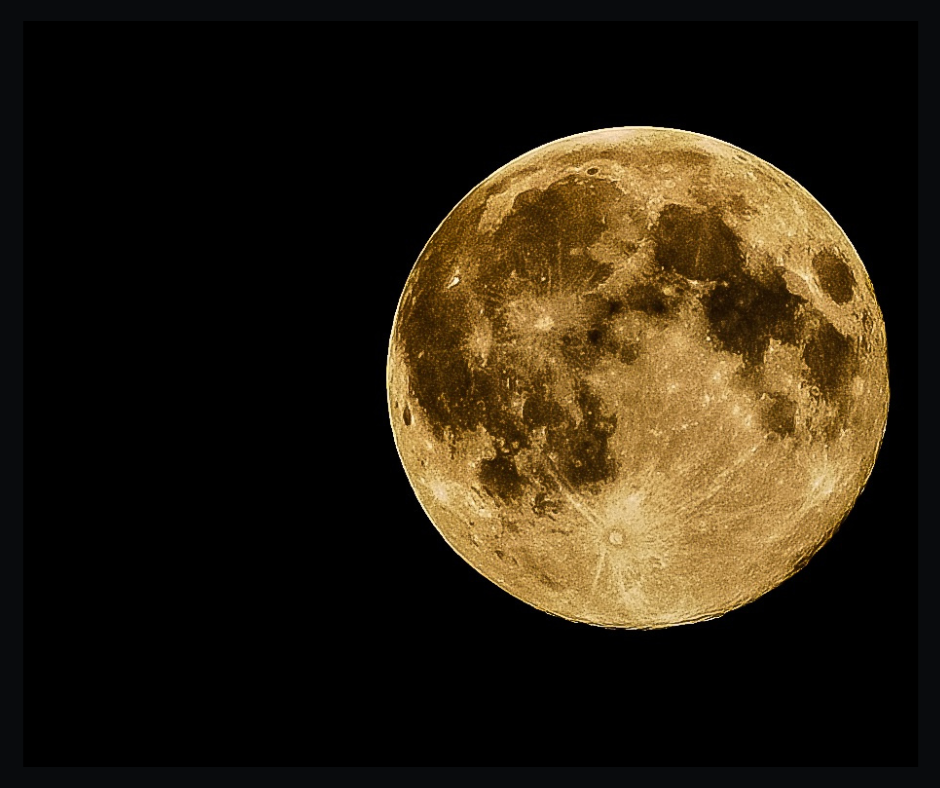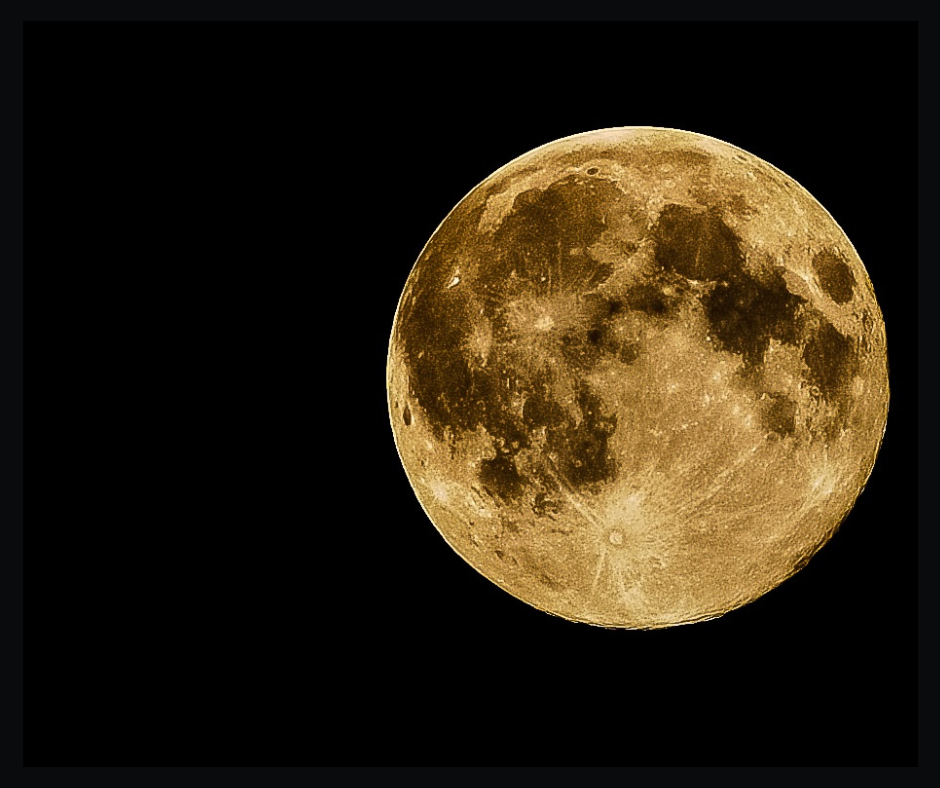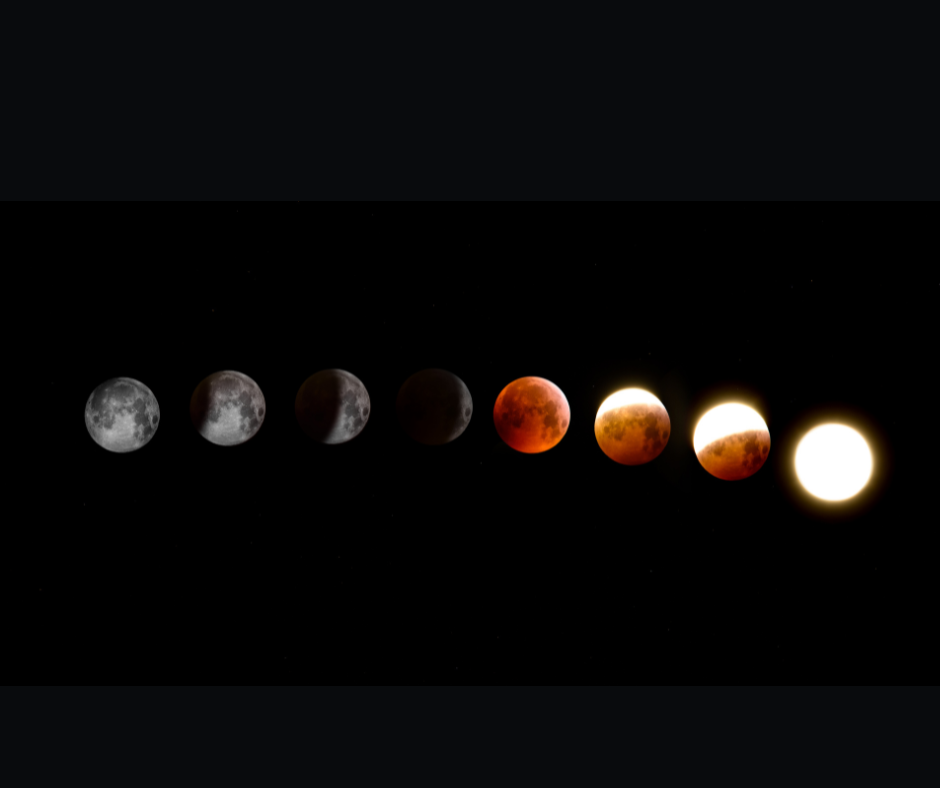The Moon, our celestial neighbor, has always been a source of fascination and mystery. Recent groundbreaking research has added a new chapter to our understanding of this enigmatic satellite. In this blog, we'll dive into the discovery of unique lunar rocks that are reshaping our knowledge of the Moon's magnetic history.
The Discovery of Anomalous Moon Rocks
A team led by Dr. Ottaviano Rüsch from the University of Münster made a startling discovery: meter-sized rocks on the Moon's surface, covered in dust with unusual reflective and potentially magnetic properties. This finding, originating from the mysterious Reiner Gamma region, is a significant leap in understanding lunar geology.

A Surface Unlike Any Other
Unlike Earth, the Moon lacks atmospheric erosion, which makes its surface a pristine record of cosmic events. The Moon's dust, sharp-edged and electrostatically charged, offers a unique environment for study, preserved from the days of the Apollo missions.
The Magic of Reflectivity and Magnetism
What sets these rocks apart is their ability to reflect sunlight distinctively. This unusual reflective property differs from that observed in previously known lunar rocks, hinting at a different composition and structure of the dust covering them.

The Role of Technology in Discovery
This research wouldn't have been possible without modern technology. The team used artificial intelligence to analyze over one million images from NASA’s Lunar Reconnaissance Orbiter. This deep dive into lunar imagery led to the identification of around 130,000 fascinating rocks, with a detailed examination of half of them.
Unraveling the Moon's Magnetic History
These findings are not just about rocks and dust; they're keys to unlocking the secrets of the Moon's magnetic core and history. Understanding these aspects can provide insights into the Moon's formation and evolution.

Implications for Future Lunar Exploration
The research has practical implications too. NASA plans to send an automatic rover to the Reiner Gamma region in the coming years to study these anomalous rocks closely. This is crucial for future human settlement planning on the Moon, especially considering the challenges lunar dust poses, as learned from the Apollo missions.
A Step Towards Lunar Settlement
Understanding lunar dust movement and its interaction with the surface is essential for future manned missions and the possibility of establishing a permanent base on the Moon.

In Conclusion
The discovery of these anomalous lunar rocks is a testament to human curiosity and technological advancement. As we continue to explore and understand our lunar neighbor, each discovery brings us one step closer to unraveling the mysteries of the cosmos.


